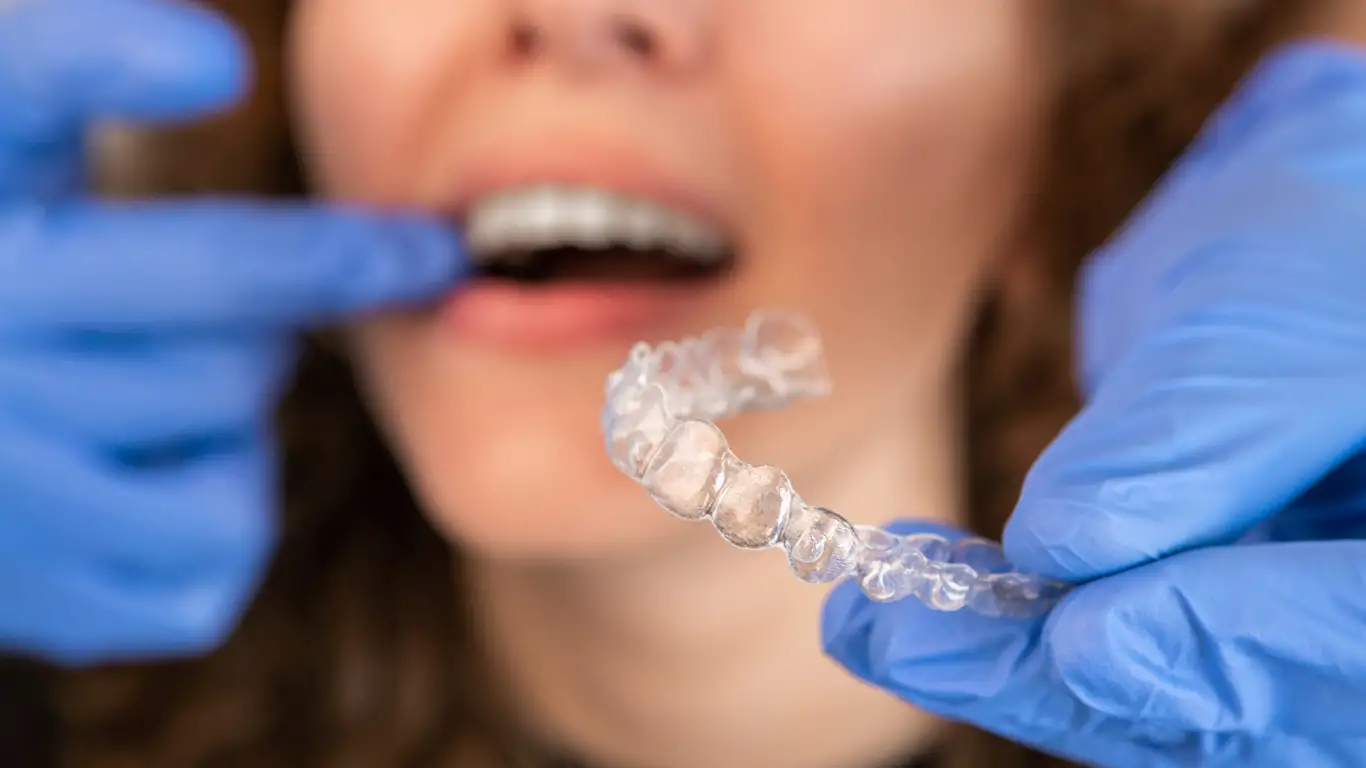Orthodontist: What They Do and Treatment Options
Orthodontists are dental specialists who focus on diagnosing, preventing, and correcting irregularities of the teeth, jaws, and bite. Their work extends beyond cosmetic alignment: orthodontic treatment can improve chewing, speech, jaw function, and long-term oral health by addressing crowding, spacing, and bite problems. Treatments vary by age and need, and patients may encounter traditional braces, clear aligners, or other appliances as part of a personalized plan.

This article is for informational purposes only and should not be considered medical advice. Please consult a qualified healthcare professional for personalized guidance and treatment.
What does an orthodontist do for teeth?
An orthodontist completes additional training after dental school to specialize in moving and aligning teeth and jaws. Assessment typically includes clinical exams, dental X-rays, and impressions or 3D scans to map tooth positions. Based on that information, the orthodontist creates a treatment plan aimed at correcting malocclusion (bite problems) and improving function. Plans may include fixed braces, removable appliances, or surgical coordination with oral surgeons for complex jaw discrepancies. Orthodontists also monitor growth in children and offer retention strategies after active treatment to maintain tooth positions.
How do braces work for tooth movement?
Braces apply controlled, sustained pressure to teeth, prompting the surrounding bone to remodel so teeth shift into new positions. Braces consist of brackets bonded to teeth, archwires that provide force, and sometimes elastic bands to adjust bite relationships. Adjustments are typically made every four to eight weeks to change tension and guide movement. Treatment duration depends on complexity—minor alignment can take months, while more extensive correction often requires one to two years. Proper oral hygiene and avoiding certain foods are important to prevent decalcification and maintain dental health during treatment.
Are orthodontic aligners an alternative?
Clear aligners are removable, transparent trays designed to incrementally move teeth toward a planned position. Each set of aligners is worn for a prescribed period (often one to two weeks) before switching to the next set. Aligners can be effective for many mild to moderate alignment issues and are often chosen for their aesthetic and convenience advantages. However, they require strict patient compliance—typically 20–22 hours of wear per day—to achieve intended results. Complex tooth rotations, severe bite discrepancies, or certain jaw issues may still be better managed with fixed braces or combined approaches.
When is dental evaluation and orthodontic treatment needed?
A dental evaluation for orthodontic issues is recommended when there are visible alignment problems, difficulty biting or chewing, jaw pain, or speech concerns. Many professional organizations suggest children have an orthodontic screening by around age 7 so developing problems can be identified early; however, treatment timing is individualized. Adults can benefit from treatment too, and options exist to address alignment while considering existing dental restorations, periodontal health, or past orthodontic care. The orthodontist will coordinate with a general dentist to ensure overall dental health is stable before or during active orthodontic therapy.
Common orthodontic appliances and orthodontic considerations
Beyond braces and aligners, orthodontic care can include expanders to widen the upper jaw, space maintainers for early tooth loss, temporary anchorage devices (mini-implants) for precise tooth movement, and retainers to preserve results. Orthodontic planning considers tooth movement limits, bone biology, periodontal health, and any restorative needs such as crowns or implants. Regular dental cleanings and close collaboration between your orthodontist and dental team help reduce risks like gum inflammation or enamel wear. Treatment goals balance functional improvement, stability over time, and the patient’s priorities for appearance and comfort.
Treatment timeline and follow-up care in your area
Typical orthodontic treatment cycles involve an initial assessment, active movement phase, and retention period. Active treatment—using braces or aligners—commonly lasts 12 to 24 months but may be shorter or longer depending on case complexity and patient adherence. After active alignment, retainers are prescribed to prevent relapse; these can be removable or bonded. Follow-up visits during retention check for stability and address any minor shifts. If you’re looking for local services or referrals, many general dental practices collaborate with or refer to orthodontic specialists who can explain timelines, expected outcomes, and any necessary coordination with other dental care.
Conclusion
Orthodontists provide specialist care focused on aligning teeth and correcting bite issues using a range of appliances and strategies. Choices between braces, aligners, and other devices depend on clinical findings, patient preferences, and treatment goals. Early evaluation can identify developmental concerns, but meaningful improvements are possible at many ages. For personalized recommendations, an in-person assessment by a qualified orthodontic professional is the most reliable way to determine appropriate care and realistic expectations.






